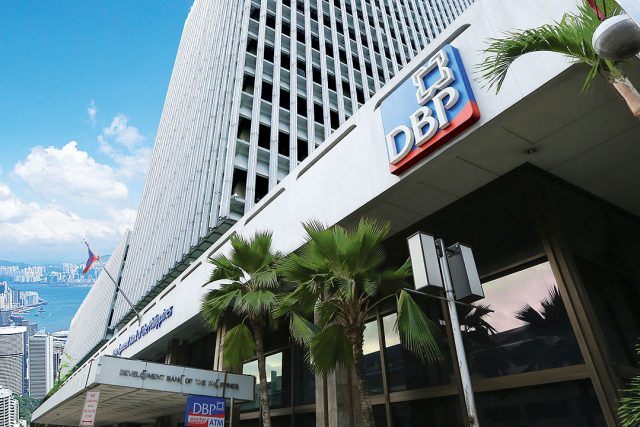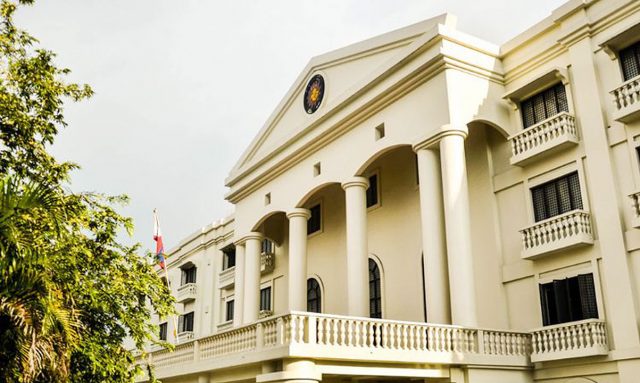PSEi rises to 7,200 level as Fed starts easing cycle
THE MAIN INDEX on Thursday rebounded and closed at the 7,200 level for the first time since March 2022 after the US Federal Reserve delivered a supersized rate cut to mark the start of its long-awaited easing cycle.
The Philippine Stock Exchange index (PSEi) rose by 0.64% or 46.26 points to close at 7,202.16, while the broader all shares index went up by 0.61% or 23.72 points to end at 3,871.68.
This was the PSEi’s first time to finish above the 7,200 mark and was its best close in over 29 months or since it ended at 7,203.47 on March 31, 2022.
“Philippine shares closed above the 7,200 mark on Thursday, buoyed by the Fed’s first rate cut in four years, lowering interest rates by 50 bps (basis points) to a range of 4.75% to 5.00%,” Regina Capital Development Corp. Head of Sales Luis A. Limlingan said in a Viber message.
“We think the Fed’s decision to cut rates by 50 basis points played a big part in the PSEi’s resumption of its rally,” AP Securities, Inc. Research Head Alfred Benjamin R. Garcia said in a Viber message. “But at these levels, the market is ripe for a pullback as we are already trading at overbought levels.”
Majority of sectoral indices closed higher. Mining and oil went up by 2.42% or 200.25 points to 8,451.51; financials increased by 1.95% or 42.67 points to 2,227.98; property climbed by 0.93% or 27.14 points to 2,932.14; services rose by 0.19% or 4.28 points to 2,199.75; and holding firms gained 0.03% or 2.37 points to end at 6,136.69.
Industrials was the lone decliner, losing 0.12% or 11.66 points to close at 9,537.17.
Value turnover climbed to P8.16 billion on Thursday with 698.31 million issues changing hands from the P6.14 billion with 879.65 million issues traded on Wednesday.
Advancers beat decliners, 113 versus 78, while 62 names were unchanged.
Net foreign buying surged to P1.69 billion on Thursday from P773.87 million on Wednesday.
The US central bank on Wednesday kicked off an anticipated series of interest rate cuts with a larger-than-usual half-percentage-point reduction that US Federal Reserve Chair Jerome H. Powell said was meant to show policy makers’ commitment to sustaining a low unemployment rate now that inflation has eased, Reuters reported.
In addition to approving the half-percentage-point cut on Wednesday, Fed policy makers projected the benchmark interest rate would fall by another half of a percentage point by the end of this year, a full percentage point next year, and half of a percentage point in 2026, though they cautioned that the outlook that far into the future is necessarily uncertain.
The move marks a significant pivot in US monetary policy and a recognition of the Fed’s growing comfort with inflation continuing to ease to its target. It is currently about half a percentage point above it.
Rate futures traders moved to price in even more easing than projected by the Fed, with the policy rate now expected to be in the 4%-4.25% range by end of this year. — R.M.D. Ochave with Reuters












